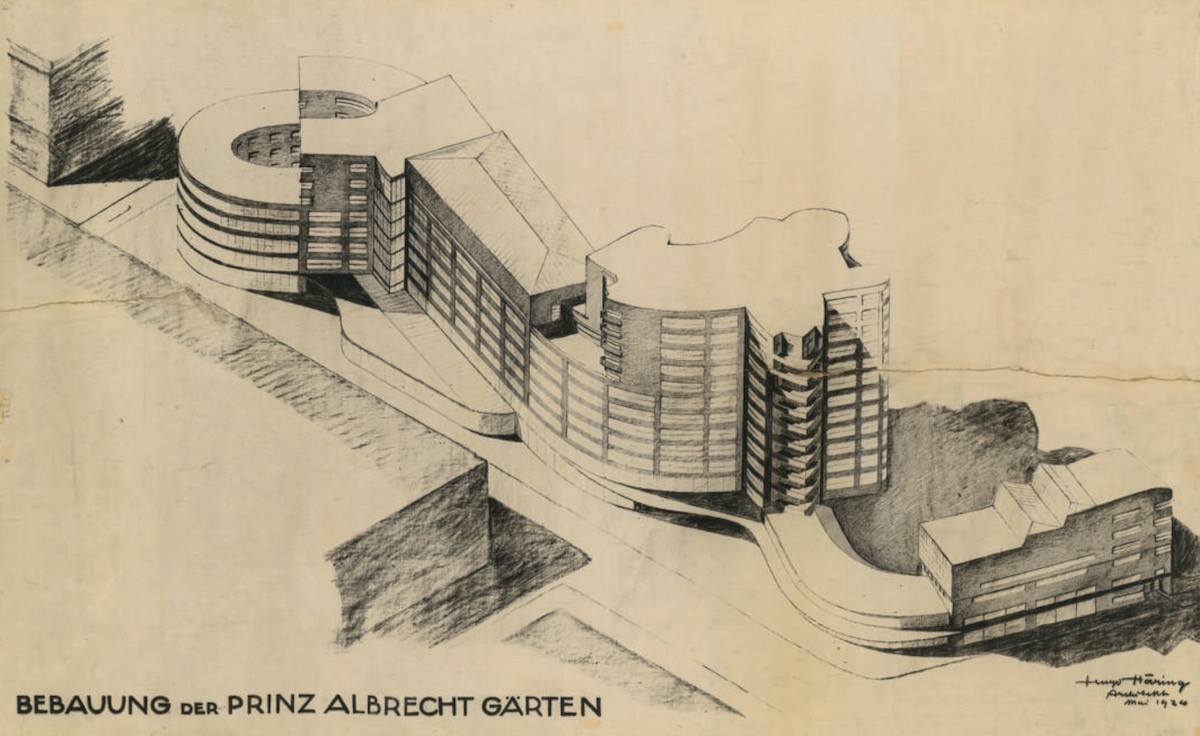Hugo Häring
Almost 25 years after the last exhibition at the Berlin Academy of Arts on the architect Hugo Häring (1880–1958), the exhibition "The World Is Not Yet Complete" presents models, designs, and drawings – and explores the origins of the topicality and thus the relevance of this 20th-century functionalist. With his concept of "organic building," which he introduced into international discussion from Berlin in the 1920s, Häring inscribed himself in the history of modernism. He also served as secretary of the architects' association "Der Ring," founded in 1923/24, which also included Peter Behrens, Mies van der Rohe, Hans Poelzig, and the Taut brothers.
In addition to completed buildings, such as the houses in the Onkel-Tom-Siedlung (Uncle Tom) settlement in Berlin-Zehlendorf, the Ring-Siedlung (Ring settlement) in Berlin's Siemensstadt district, or in his hometown of Biberach, as well as the Garkau estate on Lake Pönitzer See (Ostholstein), which is considered his main architectural work, Häring distinguished himself particularly as a theorist. His writings on "New Building" are considered an important foundation for a building style he sought to understand as "organic."
In his designs, Häring pursued the goal of developing forms from within themselves according to the needs of use. Häring's fundamental questions about building, with which he sought to revolutionize traditional architecture into a "new" building style in the truest sense of the word, are programmatically simple: What function should a building serve? What building site, what materials are available? In which area will the building be erected, what landscape conditions and attractions are available? Which manufacturing techniques are applicable? How can the client's needs be met? These are fundamental questions that remain relevant today.
Opening: 24.7.2025, 6 pm
